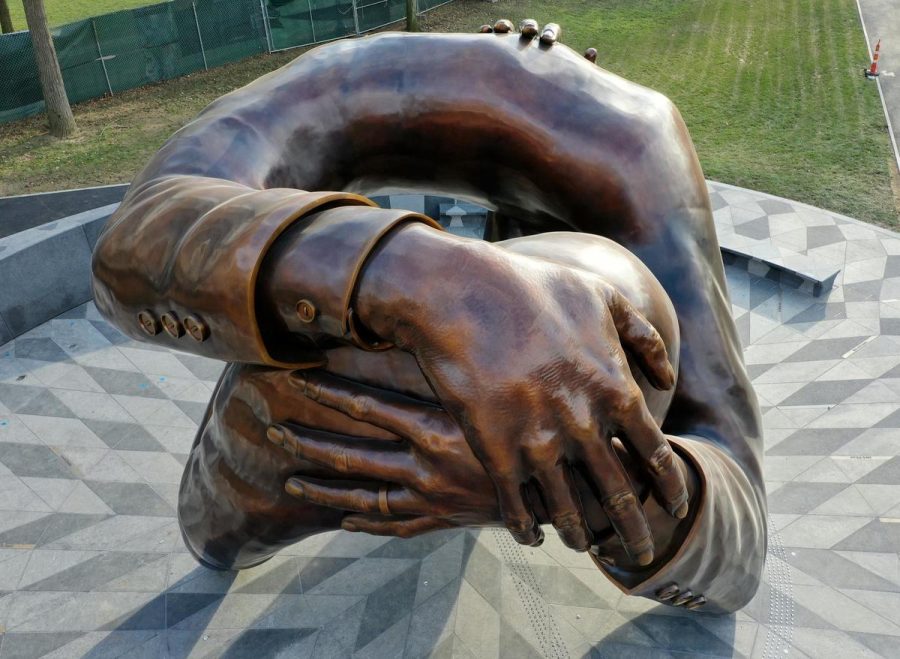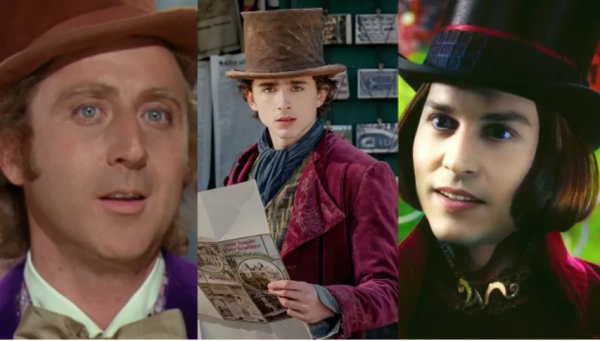Martin Luther King Jr. Memorial
MLK statue in Boston is unveiled to the public
Photo of MLK Memorial taken by the Boston Government
On January 13, 2023, a new memorial was unveiled in Boston in honor of Martin Luther King Jr. and his wife Coretta Scott King. Sculpted by artist Hank Willis Thomas, it was named, The Embrace, to symbolize the loving relationship of the Kings. Through the depiction of a physical embrace, Hank sought to create a feeling of spiritual and emotional protection. The 20-foot-tall bronze sculpture was modeled after a famous photograph from 1964 taken of the Kings the day that Martin Luther King won the Nobel Prize. While attending the opening ceremony, Martin Luther King III declared that the statue “truly signifies the bonds of love shared by my parents.”
The Embrace was commissioned by the nonprofit organization MLK Boston, a charity dedicated to supporting racial and civil rights. The nonprofit held an open call for artists who could create an image that would honor Dr. King and his invaluable contributions to the civil rights movement of African Americans. With 126 submissions, 5 finalists were chosen, one of them being Hank Willis Thomas with an ambitious and figurative piece. The placement of the memorial in Boston was no mistake; Paul English, a generous donor of the project, stated, “Boston has a complicated history with race, and as someone who grew up in Boston, race is always on my mind.” With a $1 million donation to launch the project, Mr. English sought to bring a representation of the vibrant love shared by MLK and his wife to a city with a complex history of racial relations. To put it simply, the placing of this statue in Boston was bold, an act which was intended by MLK Boston amidst a mission to educate the public of Dr. Martin Luther King, Jr.’s dream of social justice and equality.
The statue received mixed reactions and there is long-standing debate on how to memorialize Black history. Despite the memorialization of famous Black figures such as Emmett Till and Harriet Tubman the past few decades, there remains discussion of the lack of Black History in public spaces. In addition, the artistic choices in the way Black Historical events and people are depicted has changed and are still being innovated upon. Should Black figures be depicted through a typically-European lens of visual language, or through bronze and marble sculptures? How much freedom and creative liberty should be granted to artists when depicting prominent members of Black History? While these questions will continue to generate spirited debate, the memorialization of African-American history should and must continue to be encouraged and preserved.











